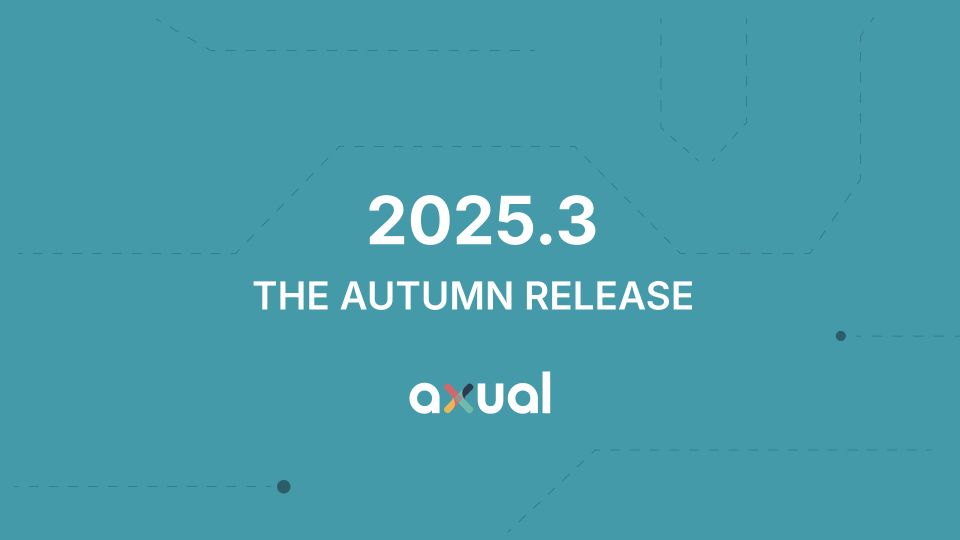On this page
Whether you like it or not, we stand at the beginning of a big transition in the way we generate, distribute and consume energy. Central to this transformation is the way we handle data. For over 20 years, grid operators have increased the use of centralized SCADA systems to manage and optimize grid operations. Now, with the advent of a more prosumer focussed approach, these systems can’t keep up with the vast amount of data being created. To facilitate the transition to intelligent energy infrastructure, Apache Kafka could be a solution to meat the demands of the 21st century.
Already want to dive deeper into this idea? Download the whitepaper here. (no email required)
SCADA Systems: The backbone of Modern Energy Networks
SCADA systems have played an important, if not an integral role in the operations of energy networks. These systems provide extensive control and monitoring capabilities. As we integrate more renewable energy sources, the role of these systems becomes even more important for enabling real-time monitoring of energy distribution and ensuring operational efficiency.
Enhanced Control and Efficiency
By leveraging SCADA systems, energy operators can dynamically manage grid operations, respond to fluctuations in demand and supply, and optimize renewable energy integration. This not only enhances the reliability of energy supply but also reduces wastage and improves the overall carbon footprint of the energy sector.
Smart Grids: The Foundation of a Flexible Energy System
Within the global energy sector, smart grids are an important innovation that facilitates the energy transition. In essence, smart grids enable energy distribution systems that are more efficient and adaptable to changes within the system.
Smart Grids
Smart grids integrate with digital technologies to offer a solution for monitoring, analyzing and managing the flow of electricity across the entire grid. From distributed electricity generation to consumers, these grids enable the flexibility needed to ensure the most optimal way for stability and sustainability.

The Intelligence Behind Smart Grids
The term ‘smart’ is not a buzzword to push this new paradigm. It captures the essence of what these systems are able to do; think, learn and adapt. Through a network of sensors, smart meters and digital control, these grids can respond to changes in electricity demand and supply. this dynamic responsiveness ensures that, whether a cloud passes over a solar farm or a sudden cold snap increases heating demand, the grid can adjust in real time, maintaining stability and efficiency.
Empowering Consumers with Real-Time Data
The empowerment of consumers begins with information. Smart grids provide access to real-time data on energy usage, availability, and cost. This information isn’t just for utility companies to optimize their operations—it’s also for consumers, who can use it to make informed decisions about their energy consumption. For instance, on a windy day when the grid is flush with renewable energy, prices might drop, and consumers can choose to run energy-intensive appliances, contributing to a more balanced and efficient grid.
Apache Kafka: The Key to Real-Time Data Integration
With the advent of smart grids, distributed energy sources and SCADA systems, the data produced has increased significantly. Managing these large quantities of data is posing more and more a challenge. Apache Kafka, with its robust data streaming capabilities, might be a solution.
Facilitating Seamless Communication
Apache Kafka enables the efficient handling of real-time data streams from various sources, including SCADA systems, smart meters, and IoT devices within the smart grid. This facilitates seamless communication between different components of the energy system, allowing for real-time analytics, predictive maintenance, and enhanced decision-making capabilities.
Bridging Technologies: SCADA systems, Smart Grids, and Apache Kafka
The integration of SCADA systems with smart grids, underpinned by Apache Kafka, creates a synergistic relationship that propels the energy sector towards efficiency and sustainability.
Realizing the Vision of a Sustainable Energy Future
These technologies support the transition to a more sustainable energy landscape by enabling the efficient integration of renewable energy, facilitating demand-side flexibility, and ensuring the reliability of energy supply. It also plays a crucial role in advancing the decarbonization of the energy sector, aligning with global climate goals.
Challenges and Opportunities
While the integration of SCADA systems, smart grids, and Apache Kafka presents significant opportunities for the energy sector, it also poses challenges. These include cybersecurity concerns, the need for substantial investment in infrastructure, and the requirement for skilled professionals capable of managing and optimizing these complex systems.
In collaboration with Laurent Schmitt, we have written an extensive whitepaper on this subject. Do you want to read it? Download the whitepaper here. (no email required)
Conclusion: Shaping the Energy Systems of Tomorrow
The future of the energy sector lies in the successful integration of SCADA systems, smart grids, and Apache Kafka. Together, they offer a robust framework for creating a more sustainable, efficient, and resilient energy infrastructure. As we continue to navigate the challenges and opportunities of the clean energy transition, the role of these technologies will undoubtedly become more pronounced, driving innovation and ensuring the sustainability of our energy systems for generations to come.
Answers to your questions about Axual’s All-in-one Kafka Platform
Are you curious about our All-in-one Kafka platform? Dive into our FAQs
for all the details you need, and find the answers to your burning questions.
Supervisory Control and Data Acquisition (SCADA) systems are essential for managing, monitoring, and analyzing industrial devices and processes.
SCADA systems collect data from sensors and network devices connected to Programmable Logic Controllers (PLCs). They monitor critical parameters, including speed, temperature, weight, flow rate, gas emissions, and pressure. This raw data is transmitted to a PLC for processing and subsequently sent to a Human-Machine Interface (HMI), where operators can analyze the information and make informed decisions.
You could be looking at anywhere from 10,000 to 90,000 euro for a small to medium-sized system.
Related blogs

Axual 2025.3 release introduces KSML 1.1 integration for automated stream processing deployment, group-based resource filtering for multi-team governance, and experimental MCP Server for AI-driven platform operations. Includes JSON schema support, Protobuf processing (beta), and enhanced audit tracking for enterprise Kafka implementations.

The Axual 2025.2 summer release delivers targeted improvements for enterprise-grade Kafka deployments. In this post, we walk through the latest updates—from enhanced audit tracking and OAuth support in the REST Proxy to smarter stream processing controls in KSML. These features are designed to solve the real-world governance, security, and operational challenges enterprises face when scaling Kafka across teams and systems.

Axual 2025.1 is here with exciting new features and updates. Whether you're strengthening security, improving observability, or bridging old legacy systems with modern event systems, like Kafka, Axual 2025.1 is built to keep you, your fellow developers, and engineers ahead of the game.

